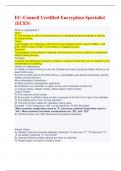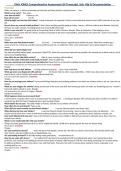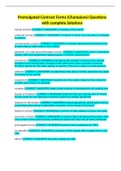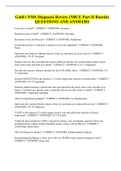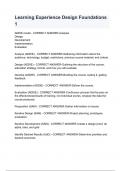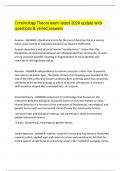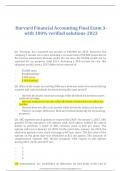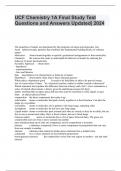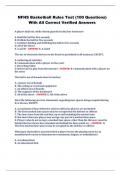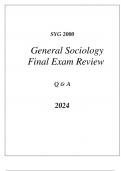Exam (elaborations)
EC Council Certified Encryption Specialist (ECES] EXAM WITH ANS 2023/24
- Course
- Institution
What is cryptography? Noun - A) The process or skill of communicating in or deciphering secret writings or ciphers B) Secret writing Origin - Cryptography (or cryptology); derived from word kryptos which means "hidden", and grafo, which means "write", is the study of message secrecy Definition- Cr...
[Show more]
